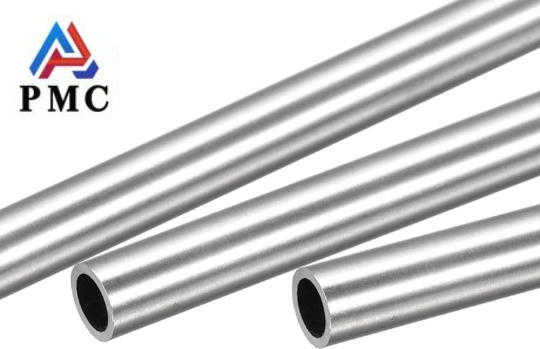
Advantages and Disadvantages of 316 Stainless Steel Pipes
316 stainless steel pipe is a hollow long round steel, which is widely used in industrial pipelines such as petroleum, chemical, medical, food, light industry, mechanical instruments, and mechanical structural parts. In addition, when the bending and torsional strengths are the same, the weight is lighter, so it is also widely used in the manufacture of mechanical parts and engineering structures.
Advantages of 316 stainless steel pipes
1. Excellent corrosion resistance
Molybdenum is added to 316 stainless steel, making its corrosion resistance better than 304 stainless steel. In some harsh corrosive environments, such as marine environment, corrosive media in chemical production, acid-base environment in food processing, etc., 316 stainless steel pipes can maintain good stability and are not easy to rust and corrode, thus extending their service life.
2. Good heat resistance
316 stainless steel has good oxidation resistance in intermittent use below 1600 degrees and continuous use below 1700 degrees. This enables it to maintain good strength and stability in high temperature environments, and is suitable for some application scenarios that require high temperature resistance, such as high temperature furnace parts, heat exchangers, etc.
3. Excellent welding performance
All standard welding methods can be used for welding, and if 316L stainless steel is used after welding, no post-weld annealing is required to obtain good welding quality and corrosion resistance, which is convenient for processing and manufacturing various complex structural parts
4. High strength and toughness
It has high strength and good toughness, can withstand certain pressure and impact, and can ensure the stability and safety of the structure in applications such as mechanical structural parts and transportation pipelines.
5. Easy to process
It can be processed into products of various shapes and sizes through cold rolling, hot rolling, extrusion, forging and other processing techniques to meet different engineering design and use requirements, such as steel pipes of different diameters and wall thicknesses, pipe fittings of various shapes, etc.
6. Hygiene and Health
316 stainless steel is non-toxic and harmless, does not release harmful substances, and meets the standards for food hygiene and medical equipment use. Therefore, it is widely used in food processing, beverage production, medical device manufacturing and other fields with high hygiene requirements.
7. Beautiful and durable
It has a beautiful metallic luster, a smooth surface, is not easy to accumulate dirt, is easy to clean and maintain, and can maintain a good appearance for a long time. It is not only practical but also decorative. It can be used for architectural decoration, household items, etc.

Disadvantages of 316 stainless steel pipes
1. High cost
Because it contains rare metal elements such as nickel and molybdenum, 316 stainless steel is relatively expensive, which to a certain extent limits its widespread use in some cost-sensitive general engineering and household applications, such as ordinary building water supply and drainage pipes, some civilian furniture, etc. In these fields, 304 stainless steel may be more common.
2. Relatively insufficient high-temperature strength
Although 316 stainless steel has a certain degree of heat resistance, its strength will decrease in high-temperature environments. Compared with some special high-temperature alloy materials, its high-temperature strength performance is relatively insufficient, which may limit its application in some special working conditions with high temperature and pressure and extremely high material strength requirements, such as some high-temperature components of aerospace engines.
3. Average wear resistance
316 stainless steel pipes are not particularly wear-resistant and are easily worn by particulate impurities. Especially in the process of conveying fluids containing solid particles, the inner wall of the pipe may become thinner due to wear, affecting the service life of the pipe and may even cause leakage of the pipe, posing a threat to production safety.
4. Susceptible to thermal expansion
In high temperature environments, 316 stainless steel pipes are prone to deformation, cracking, and other problems due to uneven thermal expansion and contraction. Therefore, when designing and installing 316 stainless steel pipe systems, it is necessary to fully consider the impact of thermal expansion and take corresponding compensation measures, such as setting expansion joints, to ensure the safe and stable operation of the pipeline system.


